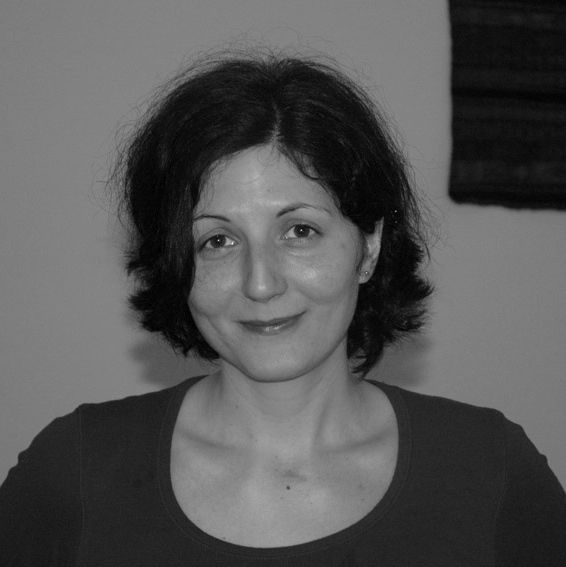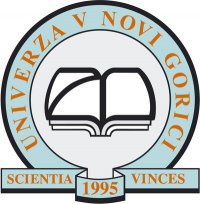Kozmologija/Cosmology
Course Code 2FAF06 / Autumn 2016
Literature/Notes:
Lecture Notes by Prof. Roman Scoccimarro (New York University), here
Book: Kolb&Turner "The Early Universe"
Grading:
homeworks 30%
written exam with oral discussion 70% (list of potential questions given before hand)
Topics
(we will typically cover one topic per week)Introduction
- Relevant scales
- Cosmological Principle
- Co-moving observers
Tutorial:
- Short reminder of relevant concepts in general relativity: space-time interval, tensors, metric, indices, geodesics, ...
Robertson-Walker Metric
- Minkowski metric
- Kinematics of RW metric
- redshift
- luminosity distance
Tutorial:
- Short reminder of relevant concepts in general relativity: distance between two events, covariant derivative, conserved current
Einstein's equation
- Stress-energy tensor
- Friedman equations
- critical density
- flatness problem
Tutorial:
- Omega parameter, curvature
Cosmic Acceleration - Age of
the Universe
- measurement of acceleration
- age of the universe
- horizon
- Hubble radius
Tutorial:
- Examples of horizon and age calculations
Thermal history of the Universe
- Distribution functions
- number density/energy density/pressure
- thermal equilibrium
- thermal decoupling
Tutorial:
- Examples of thermal decoupling calculations
(Matter-radiation equality, Recombination, BBN, Inflation...)
Exam questions
-
What is the cosmological principle? What are the implication for the metric of the Universe. Write down the RFW metric.
-
Kinematics of RFW metric (define redshift, sketch the derivation of the Hubble Law)
-
Write down the Einstein equation and stress energy tensor. What are the three main ideal fluids/components of energy density and what are their equations of state.
-
Write down the Friedmann equations, define of the critical density and formulate the flatness problem.
-
Definition of horizon and Hubble radius. Express the horizon in terms of time and scale in matter and radiation dominated Universe?
-
What is the age of the Universe in matter dominated Universe?
-
Write down general expressions for number density, energy density and pressure. What are the values in the limit of relativistic and non-relativistic particles?
-
What is the condition for a particle interaction to stay in the equilibrium? Calculate the temperature of neutrino decoupling.
-
What is the definition of g* and its value at >200 GeV temperatures.
-
Derive the temperature of matter/radiation equality
-
Derive the temperature of the start of the Big-Bang Nuchleosyntesis. Describe how the the synthesis of nuclei proceeds. What are the main nuclei in the Universe after the end of BBN?
-
Derive the temperature of recombination and photon decoupling
-
What are the motivations for inflation and how does the inflation solve those problems. How long does the inflation need to last?
-
Draw the arrow of time/temperature of the thermal history of the Universe and mark the main events which we discussed in the class on it.

